Other countries' histories and cultures are far different than the United States'. Particularly, our social structure is quite fluid and has been for the most part of our history, so someone from the lower classes could conceivably be with someone from the upper classes, even in our earlier days. This is not the case of England in centuries past. A woman of the nobility would never be with someone who is employed as a house servant in any capacity, except for stolen, secret moments. A man who held no title would not be an appropriate suitor for a lady. This is a huge research mistake.
I admit historical gaffes may be easier for me to see because I have a background in the subject, but a mistake on that level makes me think amateur. For me, research is one of the most enjoyable parts of writing, but again, this may be because of my background. I spent a good portion of Saturday making sure my details were correct concerning the Battle of the Somme. And what is that doing in my erotic paranormal romance, Blood Betrayed? A lot and not much at all.
The main character, Saint, and his brother Teagan were made vampires by their sires Kir and Vasilije on the battlefield after the British attack on the German lines in the Battle of the Somme, which began on July 1, 1916. As is my habit, I researched everything from what the battlefield looked like, to the division the Irish brothers would have belonged to (the Ulster 36th Division), to the towns around the river. This takes time, and if you aren't interested in the First World War, it can get quite dreary. I'm a fan of that time period, so for me it was quite enthralling.
I won't include much of what I learned in my research, but it will flavor Saint's past and give readers more subtle clues to who he is. So readers won't get to know all that I know about the Battle of the Somme, but they will know how it felt for him to lie there for hours as he waited to die alongside his injured younger brother, who he'd promised his mother he'd look after. They'll get a sense of what it was like to listen to others dying around him and then be offered the chance for a new life by two strangers who appear out of the night air. In the end, the Battle of the Somme will be just one episode in a long life for Saint, but the scene's symbolic value will be quite important to understanding who he is and why he behaves as he does.
No matter what type of romance I write, research into the various facets of the characters' pasts, the locations of the setting, the clothes of the time, and especially the social mores are steps in the process that can't be missed. When they're missed or done incorrectly, the result is a story that strikes out when it could have hit it out of the park. (Sorry for the baseball reference, but I just heard it's 5 weeks until pitchers and catchers report to Spring Training! Happy, warmer days!)

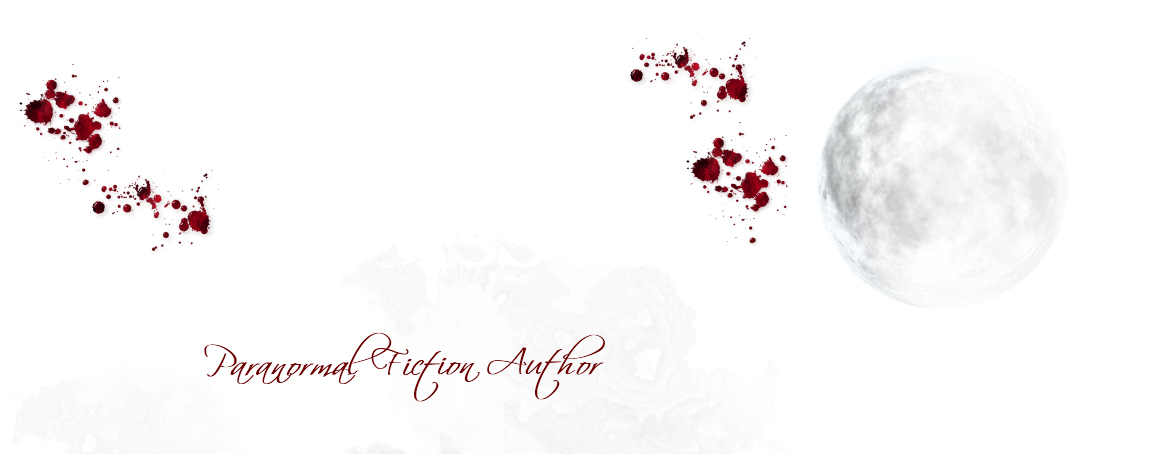






















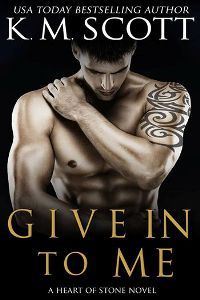











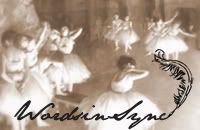


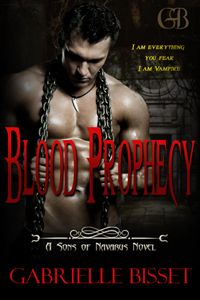

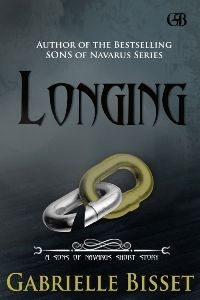
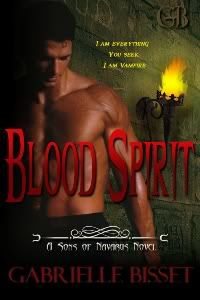
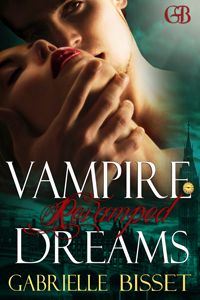
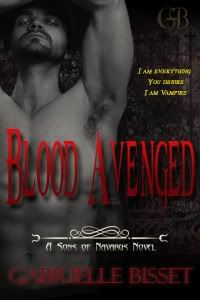

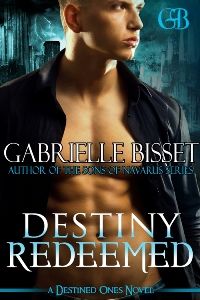

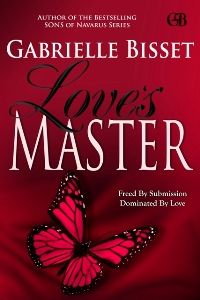
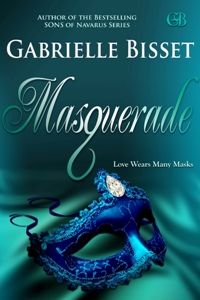
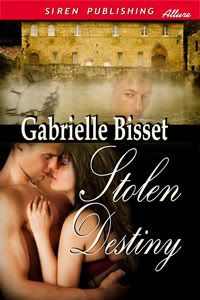





6 comments:
Great advice, Gabrielle! Research definitely seems to be an important part of historical fiction. I think the little details are just as important.
I am a research freak. I just read and reviewed If Walls Could Talk by Lucy WOrsley and if you like history and historical romance it is an amazing book. But, even the Smithsonian makes mistakes like showing rounded corners on playing cards too early at an exhibit! (Oh the horror-i wrote a museum presentation on card playing in colonial New England).
People overlook details. I don't know why. And, not just in historical. One popular YA series taking place where I live is so off and uses real place names so I wonder if she had a map of Portland, OR instead.
Fangs, Wands and Fairy Dust
@fangswandsfairy
steph@fangswandsandfairydust.com
Thanks for stopping over, Komal. As an author, I agree, the details MUST be correct. From the social customs to the clothes, everything matters in a story, especially historicals.
Hi Steph! Thanks for stopping over and friending on FB. I'm crazy about the research too. It's not easy, though. That's why they say "The Devil's in the details." :)
I have to agree about the details. To see a major mistake about historical facts definitely screams amateur to me as well. I'm not sure if I would catch those mistakes though. I'd be more apt at catching some social more mistakes. However, the argument can be made that these stories are fiction and therefore it is imaginable that a lady would fall for a servant. Maybe run off and start a new life together. Who knows?
Steph makes a good point though. If you are using facts, current ones that everybody knows - some of us aren't history buffs lol - then it ticks me off. One of my favorite authors - one of yours too Gabrielle - uses upstate NY as a setting in her stories. A lot of times she she refers to a highway that's a few miles away from me. I want to scream when it says the highway runs all the way to NYC when it doesn't.
I know the author you mean, Megan. LOL The problem with saying people might not recognize the error is that historical fiction requires the history to be correct. If it's not, then they better include flying ships and other steampunk stuff. :) Authors are supposed to be more knowledgeable than readers. If they aren't, then why pay them for their work?
LOL. Steampunk stuff? Too funny!
Post a Comment